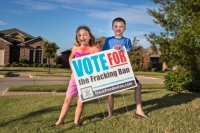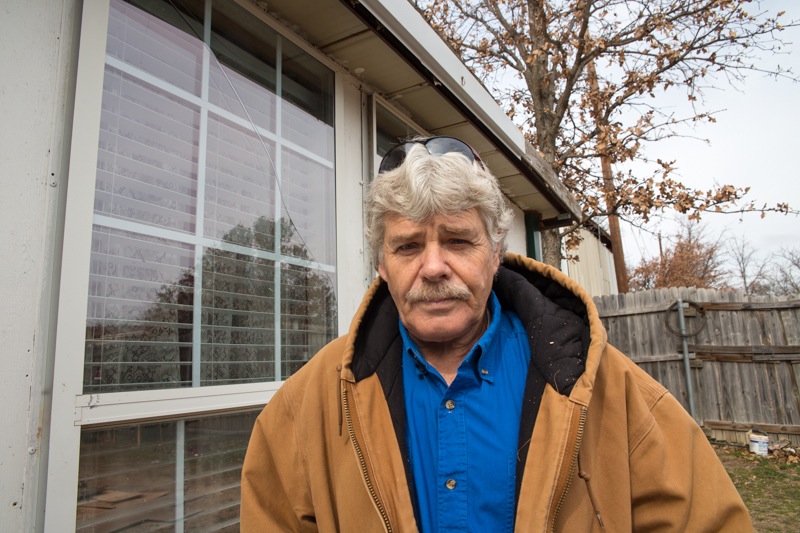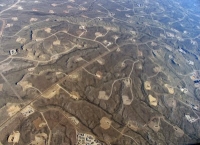Legal tremors are reverberating in the Barnett Shale region in Texas after yesterday's $2.925 million dollar verdict in favor of the plaintiffs Bob and Lisa Parr, who sued Aruba Petroleum for damages to their health and the devaluation of their home in a fracking nuisance case.
Earthworks energy program director Bruce Baizel stated in a press release that the jury’s decision is important for two reasons:
“When evidence of fracking’s impacts are shown to an impartial jury in a court of law, they find them to be real and significant. And it shows why the fracking industry is reluctant to allow lawsuits of this type to go to trial. Instead fracking companies try to force out of court settlements that gag the harmed family as a condition for financial compensation. They almost always succeed, hiding from the public the proof of fracking’s dangers. Consequently, industry and government continue claiming fracking is harmless. We hope this lawsuit will make regulators, in Texas and around the country, reexamine their assumptions about fracking’s dangers, and their responsibility to keep the public safe.”
The Parrs were part of an Earthworks' study entitled “Natural Gas Flowback: The Dark Side of the Boom.” The study complied data on the health effects of hydraulic fracking and gas industry activities in the Barnett Shale.
According to the report, Lisa Parr's blood and lungs were tested by Dr. William Rae of the Environmental Health Center in Dallas. The report states that Dr. Rae “found more than 20 chemicals, including six that matched the VOCs detected by TCEQ’s air sampling of the well site.”
The Parrs’ neighbors, the Ruggieros, also had to deal with the health consequences and nuisances caused by Aruba Petroleum’s operations including noise and air pollution. They settled and signed a confidentiality agreement. Though Tim Ruggiero doesn't discuss the settlement or Aruba Petroleum, he wrote a personal essay, “Leaving Gasland,” concluding that for him “Leaving Gasland is not winning, it’s merely an end to losing.”
Aruba Petroleum released a statement to ThinkProgress today stating, “The facts of the case and the law as applied to those facts do not support the verdict,” and that “Aruba is an experienced oil and gas operator that is in compliance within the air quality limits set by the Texas Railroad Commission and the Texas Commission on Environmental Quality.”
The Parr case has already started to redefine what winning can look like, even though Aruba Petroleum is likely to appeal.
“We hope this lawsuit will make regulators, in Texas and around the country, reexamine their assumptions about fracking’s dangers, and their responsibility to keep the public safe,” Baizel says.
Here is a slide show of images taken in the Barnett Shale region in Texas.



























